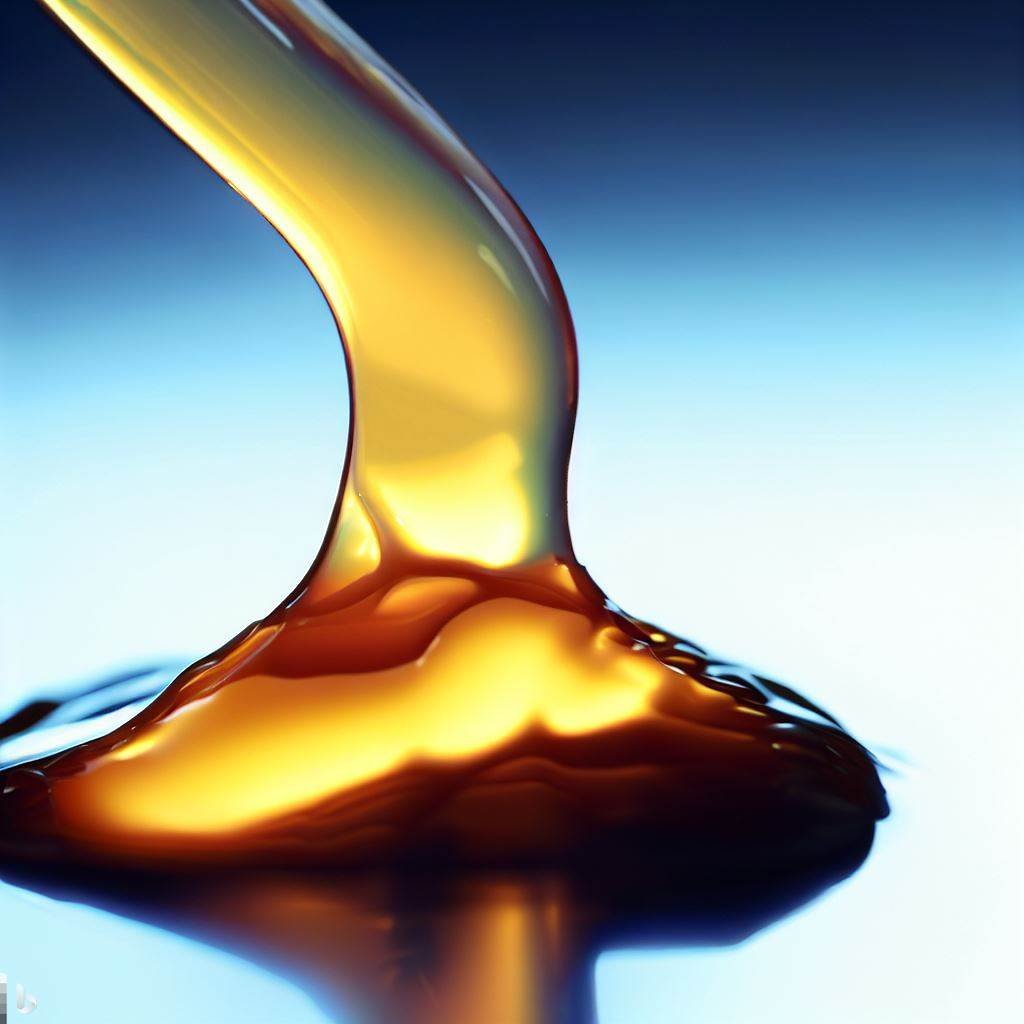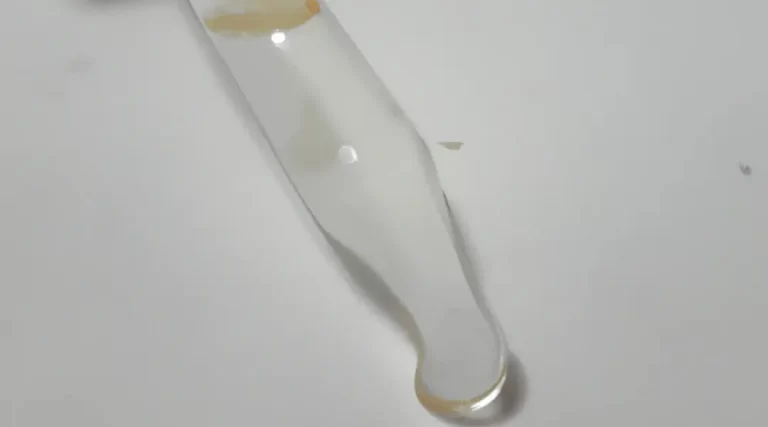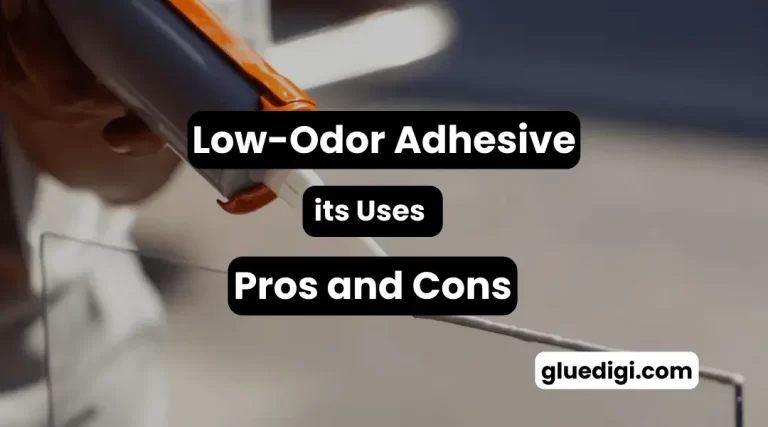In today’s fast-paced world, industrial processes and manufacturing require materials that can withstand high temperatures. High-temperature adhesives are one such solution that has become increasingly popular for various applications where traditional adhesives fail to perform.
High-temperature adhesives are designed to withstand extreme temperatures, ranging from -55°C to 3000°C, and offer excellent bonding strength and durability. The use of high-temperature adhesives has become a vital requirement for various industries such as aerospace, automotive, and electronics.
These adhesives have a wide range of applications, from bonding engine components in the aerospace industry to attaching electronic components in the electronics industry. They are known for their ability to withstand extreme temperatures, harsh chemicals, and mechanical stress, making them ideal for applications in high-temperature environments.
In this article, we will explore what high-temperature adhesive is, its uses, pros, and cons, and how to choose the right type of adhesive for your specific application.
Understanding High-Temperature Adhesive
The section aims to provide a comprehensive understanding of the properties, applications, and limitations of an adhesive that can withstand elevated temperatures. High-temperature adhesive properties refer to the ability of an adhesive to maintain its bonding strength even when exposed to high temperatures. These adhesives are designed to withstand temperatures ranging from 150°C to 300°C, depending on the specific product.
Characteristics of heat resistant adhesives include excellent bonding strength, even at high temperatures, resistance to thermal shock, and low shrinkage. They can be used on a variety of substrates, including metals, ceramics, plastics, and composites. However, it is essential to note that high-temperature adhesives have limitations, such as limited chemical resistance and sensitivity to moisture.
Understanding these properties and limitations is crucial when selecting the right high-temperature adhesive for a specific application. With this in mind, let us explore the various applications of high-temperature adhesives.
Applications of High-Temperature Adhesive

Interestingly, the manifold applications of high-temperature adhesive are ubiquitous across various industries, as it demonstrates robustness and stability under extreme conditions. One of the primary uses of high-temperature adhesive is in the automotive industry. It is utilized in the manufacturing of exhaust systems, engine components, and various other parts that are exposed to high temperatures. High-temperature adhesive for automotive applications ensures that the components remain securely bonded even under high heat and pressure.
Similarly, high-temperature adhesive for electronics is used in electronic devices that generate heat, such as laptops and smartphones, to maintain the structural integrity of the device.
Moreover, high-temperature adhesive is also used in aerospace, construction, and packaging industries, among others. It is an ideal bonding agent for materials like metals, ceramics, and glass, which require a strong and lasting bond. High-temperature adhesive is preferred over traditional adhesives as it can withstand temperatures ranging from 150°C to 2000°C. This makes it a reliable option for applications that involve high temperatures and thermal cycling.
Overall, the ubiquitous use of high-temperature adhesive in various industries highlights its importance in ensuring structural integrity and safety.
In conclusion, the applications of high-temperature adhesive are vast and varied, making it an indispensable part of several industries. Its ability to withstand extreme temperatures and maintain structural integrity is a significant advantage in several applications. The next section will take a closer look at some of the advantages of high-temperature adhesive.
Advantages of High-Temperature Adhesive
This section explores the advantages of utilizing adhesive that can withstand extreme temperatures, highlighting its value in industry and its ability to maintain structural integrity.
One of the primary advantages of high-temperature adhesive is its durability. This adhesive type can withstand temperatures up to 500°F, making it ideal for use in applications that experience high heat. It is commonly used in industrial settings such as aerospace, automotive, and electronics, where high-temperature resistance is a must-have feature.
Another advantage of high-temperature adhesive is its ability to maintain structural integrity even under harsh conditions. This adhesive type can withstand extreme temperature fluctuations, vibrations, and stress, without losing its adhesive properties. This makes it an ideal choice for applications that require a strong bond that can withstand challenging environmental conditions.
Overall, high-temperature adhesive offers significant advantages in terms of durability and structural integrity, making it an ideal solution for industrial applications that require high-temperature resistance.
However, despite its numerous advantages, high-temperature adhesive does have some drawbacks that need to be considered. The next section will explore the disadvantages of high-temperature adhesive in more detail.
Disadvantages of High-Temperature Adhesive
The following section outlines the drawbacks of utilizing adhesive that can withstand extreme temperatures, indicating potential limitations that may need to be addressed when considering its use in industrial applications.
One of the primary concerns with high-temperature adhesive is its toxicity. Many of these adhesives contain harmful chemicals that can be hazardous to workers’ health and can cause adverse effects on the environment. Although safety measures can be taken to minimize the risks associated with these adhesives, it is crucial to consider these concerns before selecting a high-temperature adhesive.
Another limitation with certain materials is their compatibility with high-temperature adhesive. Some materials, such as plastics, may not be able to withstand the heat generated during the bonding process. This limitation can significantly impact the adhesive’s effectiveness, resulting in weaker bonds and potential product failure.
Considering these limitations is crucial when selecting the right high-temperature adhesive for an industrial application.
Choosing the Right High-Temperature Adhesive
Selecting the appropriate high-temperature adhesive to withstand extreme conditions requires careful consideration of various factors. When choosing an adhesive, it is essential to take into account the materials being bonded, the duration and level of heat exposure, and the potential health and environmental risks associated with the adhesive’s use. These factors can help determine the type of adhesive that best suits the job at hand.
Factors to consider when selecting the right high-temperature adhesive include the adhesive’s ability to withstand high temperatures, the adhesive’s curing time, the adhesive’s bond strength, and its resistance to environmental factors such as water and chemicals.
Popular brands of high-temperature adhesives include 3M, Gorilla Glue, and Loctite. These brands have been tested and proven to be reliable when it comes to high-temperature applications.
Ultimately, choosing the right high-temperature adhesive requires careful consideration of several factors, and it is crucial to select an adhesive that is suitable for the specific job at hand.
As we conclude, it is essential to note that selecting the right adhesive for high-temperature applications is crucial. While there are several factors to consider, taking the time to choose the appropriate adhesive can make all the difference in the success of the project.
In addition, it is important to follow all safety guidelines and instructions when using high-temperature adhesives to ensure optimal results and minimize potential health and environmental risks.
Some Tips and Final Thoughts
Careful consideration of various factors is crucial when choosing an appropriate bonding solution for extreme conditions, allowing for successful project outcomes and minimizing potential health and environmental risks. High-temperature adhesives are an excellent solution for bonding materials in high-heat environments, but they also come with their own set of benefits and drawbacks. One of the benefits of high-temperature adhesives is their ability to maintain their bonding strength even at extremely high temperatures, making them ideal for use in aerospace, automotive, and industrial applications. They also have excellent chemical resistance, ensuring that they can withstand exposure to harsh chemicals and solvents.
However, there are also some drawbacks to using high-temperature adhesives. One of the major drawbacks is their high cost, which can be prohibitive for many projects. Additionally, they are not always easy to work with, and their application process can be time-consuming and complicated. Despite these challenges, the development of high-temperature adhesives continues to advance, with new formulations and application methods being developed to improve their performance. As technology continues to evolve, it is likely that high-temperature adhesives will become even more widely used in a variety of industries, providing a reliable and effective bonding solution for extreme conditions.
| Benefits | Drawbacks |
|---|---|
| Maintains bonding strength at high temperatures | High cost |
| Excellent chemical resistance | Complicated application process |
| Wide range of industrial applications | Not always easy to work with |
Conclusion
High-temperature adhesive is a type of adhesive that is designed to withstand high temperatures and extreme conditions. It is used in a wide range of industries, including automotive, aerospace, and electronics. High-temperature adhesive is preferred for applications where conventional adhesives fail to deliver the desired performance due to the high temperature and pressure conditions.
The advantages of high-temperature adhesive include its ability to withstand extreme temperatures, resistance to chemicals and solvents, and exceptional bonding strength. However, the disadvantages of high-temperature adhesive include its high cost, complex application process, and limited compatibility with certain materials.
Choosing the right high-temperature adhesive depends on the specific application requirements, such as temperature range and material compatibility.
In conclusion, high-temperature adhesive is a critical component in various industries that require reliable bonding under high-temperature and pressure conditions. The use of high-temperature adhesive ensures the durability and safety of products in extreme environments. Although it has its advantages and disadvantages, the benefits of high-temperature adhesive outweigh the drawbacks. Therefore, it is essential to choose the right high-temperature adhesive for the intended application to ensure optimal performance.
Without high-temperature adhesive, many industries would struggle to produce high-quality products that can withstand extreme conditions.






